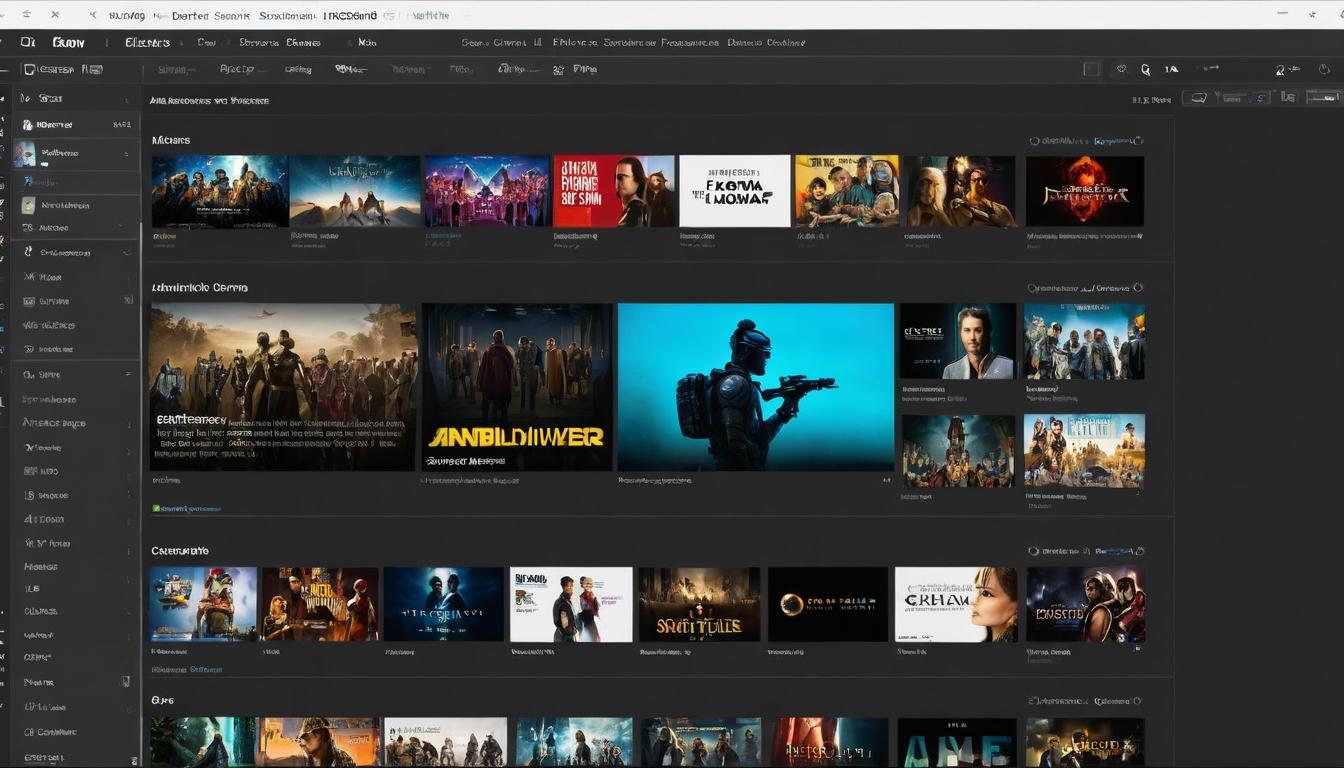In the dim glow of midnight screenings and the sterile light of streaming platforms, a quiet revolution is unfolding across global cinema. The very fabric of how we discover, consume, and discuss films is undergoing a seismic shift, creating a paradox that challenges traditional Hollywood wisdom. While streaming services promise infinite choice through sophisticated algorithms, audiences increasingly report feeling disconnected from the communal magic that once defined moviegoing.
This tension between technological convenience and human connection represents one of the most fascinating developments in contemporary entertainment. Streaming platforms have democratized access to global cinema in unprecedented ways, allowing viewers in small towns to discover Korean thrillers, Nigerian dramas, and Icelandic comedies with equal ease. The algorithmic curation that powers these services has become the new gatekeeper, replacing the curated selections of film critics and festival programmers with mathematical predictions of viewer preferences.
Yet beneath this surface of technological progress lies a growing sense of cinematic loneliness. The shared experience of sitting in a darkened theater, collectively gasping at plot twists or laughing in unison at comedic moments, has been replaced by isolated viewing sessions where reactions are measured in delayed text messages or social media posts. The water cooler conversations about last night's must-see movie have fragmented into millions of private viewing experiences, each occurring at different times and under different circumstances.
Film festivals, once the exclusive domain of industry insiders and dedicated cinephiles, have become crucial battlegrounds in this new landscape. The recent Sundance and Cannes markets revealed a fascinating trend: streaming services are increasingly acquiring films that promise cultural conversation rather than mere algorithmic compatibility. There's a growing recognition that while algorithms excel at predicting what individuals might enjoy based on past behavior, they struggle to identify works that will capture the collective imagination.
This algorithmic blind spot has created unexpected opportunities for mid-budget films that defy easy categorization. Movies that blend genres, challenge narrative conventions, or explore unfamiliar cultural perspectives often fall through the cracks of recommendation engines designed to identify clear patterns. Yet these same films frequently become the surprise hits that generate genuine cultural momentum, precisely because they offer something viewers didn't know they were missing.
The relationship between critics and algorithms has become increasingly complex in this environment. Where traditional criticism once served as the primary filter for quality cinema, algorithmic recommendations now dominate discovery patterns for most viewers. However, the most interesting development isn't the replacement of human critics by machines, but the emergence of hybrid approaches that combine data analysis with critical insight.
Several streaming platforms have begun employing former film programmers and critics to help refine their recommendation systems, recognizing that mathematical models alone cannot capture the nuanced ways audiences connect with stories. This collaboration between human expertise and machine learning represents perhaps the most promising path forward, creating systems that can scale personalized recommendations while preserving the serendipity of discovering unexpected gems.
Independent cinemas have responded to these changes by transforming from mere screening venues into cultural hubs. The most successful arthouse theaters now function as community centers, hosting filmmaker Q&As, themed programming nights, and educational workshops that create the kind of shared experiences streaming cannot replicate. These spaces have become essential testing grounds for films that might otherwise get lost in the streaming shuffle, providing crucial word-of-mouth momentum that can make or break a film's commercial prospects.
International cinema has experienced both benefits and challenges in this new ecosystem. Streaming platforms have dramatically increased global accessibility for films from smaller markets, allowing works from Senegal to South Korea to find audiences continents away. However, this increased access comes with the risk of algorithmic homogenization, where distinctive cultural voices get smoothed into generic "international content" categories that obscure their unique perspectives.
The documentary format has particularly thrived in the streaming era, with platforms investing heavily in non-fiction storytelling that can drive subscriber engagement through cultural conversation. True crime series, political exposés, and character-driven portraits have become streaming staples, often generating more sustained discussion than their fictional counterparts. This documentary renaissance represents another fascinating aspect of the streaming paradox: while the medium encourages binge-watching, the most successful documentaries create ongoing public dialogue that extends far beyond initial viewing.
Looking ahead, the most significant challenge for both streaming services and traditional studios will be balancing the efficiency of algorithmic curation with the unpredictable magic of cultural phenomena. The films that truly resonate across demographics often defy easy categorization and emerge through organic processes that algorithms struggle to predict or manufacture. This suggests that despite technological advances, human curation and word-of-mouth will remain essential components of cinematic discovery.
The future of film culture may lie in hybrid models that combine the accessibility of streaming with the communal aspects of traditional cinema. Some platforms are already experimenting with synchronized viewing events, virtual reality screenings, and interactive features that attempt to recreate the shared experience of theatergoing. Meanwhile, traditional cinemas are incorporating streaming technology to offer broader programming options while maintaining their physical spaces as centers for community engagement.
What remains clear is that the fundamental human desire for storytelling and shared experience will continue to shape how cinema evolves. Technology may change the delivery mechanisms and discovery patterns, but the core appeal of gathering around compelling narratives—whether physically or virtually—persists across generations and technological shifts. The most successful players in this evolving landscape will be those who recognize that algorithms should enhance rather than replace the human elements that make cinema magical.
The streaming paradox: How algorithms are reshaping cinema while audiences crave authentic connection

